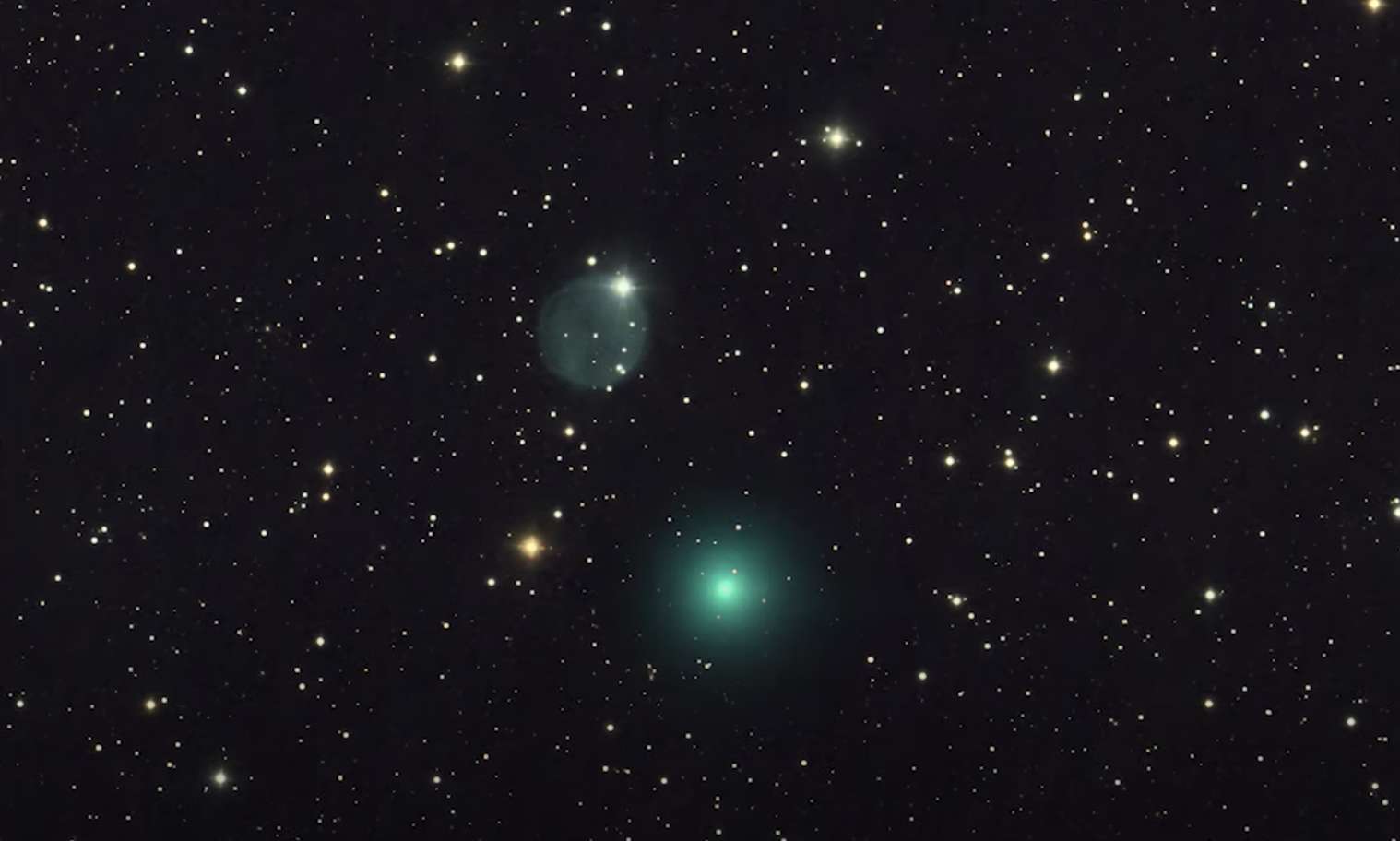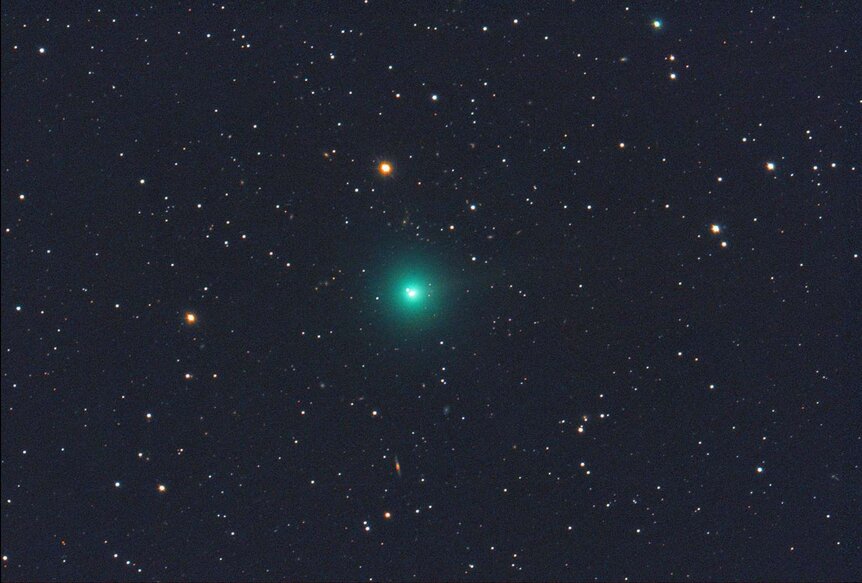Create a free profile to get unlimited access to exclusive videos, sweepstakes, and more!
One more for 2020! Comet Erasmus set to light up the dawn sky until mid-December

Provided early risers have sharp eyes, cloud-free heavens, and a decent pair of binoculars or solid telescope, stargazers will be treated to yet another fuzzy cosmic snowball in the sky when C/2020 S3 Erasmus comes into view later this month and deep into December.
Closing out the fall in spectacular style after the previous parade of 2020 comets that include C/2020 F3 Neowise, F8 Swan, P1 Neowise, and M3 Atlas, Comet S3 Erasmus is streaking into our own solar system with a perihelion just inside the planet Mercury's orbit on Dec. 13, 2020.
Right now, Erasmus is over-performing some and is currently shining happily with a +9 magnitude, but could easily get brighter.
First spotted the night of Sep. 17th, 2020 by astronomer Nicolas Erasmus during the ATLAS (Asteroid Terrestrial-impact Last Alert System) sky survey, Comet S3 Erasmus is potentially a perfect binocular comet starting in early November and continues into mid-December.
Erasmus is blazing along on an orbital route lasting approximately 1,800 years at a 20-degree inclination relative to the ecliptic plane. Two thousand years ago while zooming through our solar system, the comet was unseen due to the lack of any suitable optical devices at the time. Right now it appears prominently in the pre-dawn sky to the southeast alongside Mercury and Venus.
Entering late November into early December, Erasmus loses elevation as it nears the Sun and its perihelion. In the early morning hours of Dec. 13th, the heavenly object kisses the waning crescent moon, which passes in front of Erasmus for most of northwestern Canada during full daylight, therefore making it an astronomical event which sadly can't be seen.
Nearing Christmastime, the comet drops too low in the dawn sky, but NASA/ESA's Solar Heliospheric Observatory spacecraft SOHO will watch the cosmic journey from its sunward Lagrange L1 vantage point. In January of 2021, the comet finally takes a predictable turn and zips away from Earth on the far side of the Sun.
However, as it closes in to its maximum in December, S3 Erasmus does have a slim chance of developing a smallish spiked tail, and if we're very fortunate, the comet could be an overachiever and potentially enter the realm of being seen by the naked eye. Fingers crossed!




























